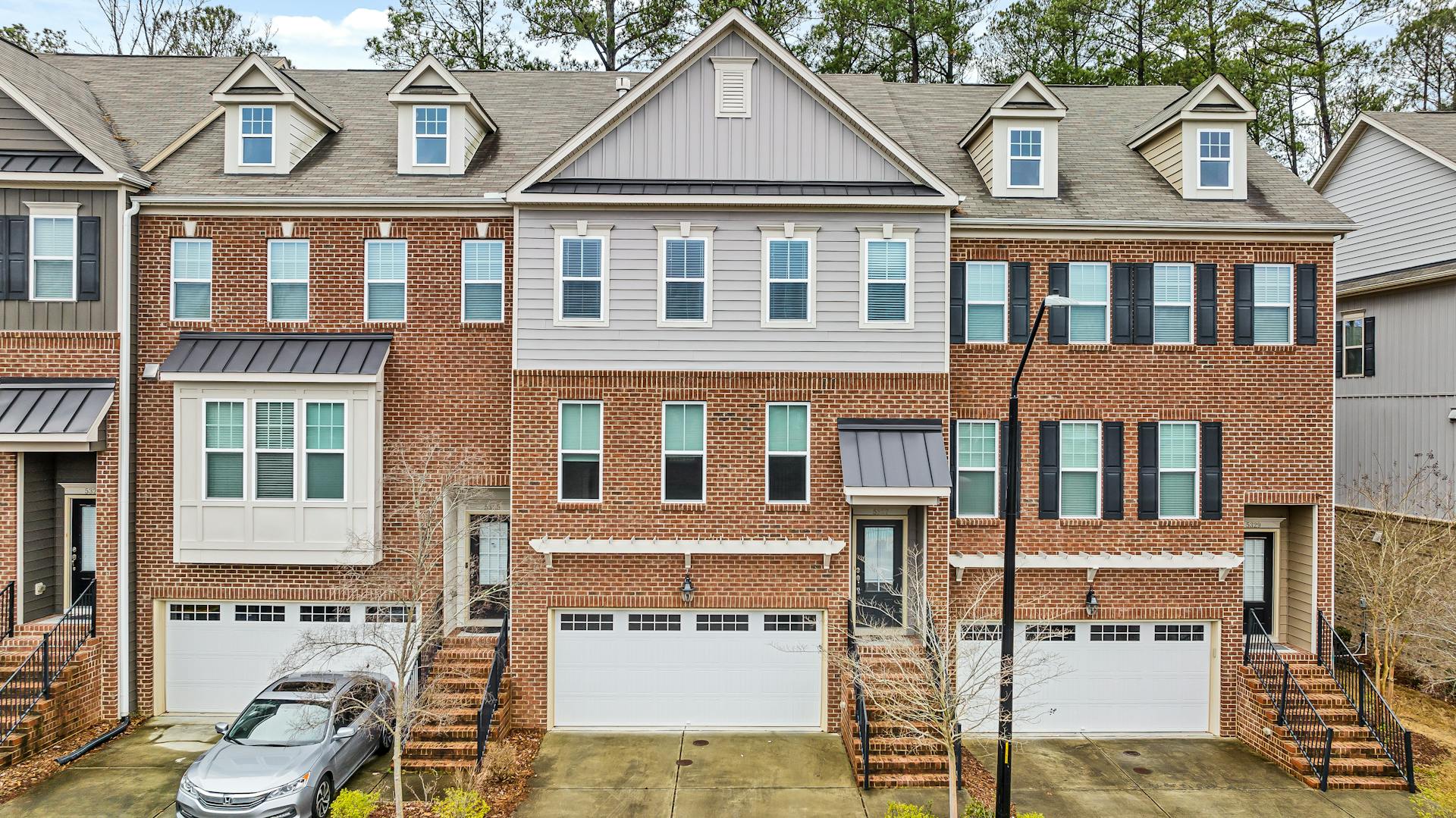

Question: Why Do They Call It a Townhouse?
Answer: They call it a townhouse becasue historically, townhouses were the city residences of wealthy families who also owned larger country estates. “Town” referred to their urban location.
Decoding the Term “Townhouse”
Many people use the terms “townhouse,” “row house,” and even “brownstone” interchangeably. Subtle yet important distinctions exist between these housing types. Understanding these differences offers a clearer picture of urban development and architectural history. This exploration into the etymology and evolution of the term “townhouse” reveals its fascinating journey through time.
A Historical Perspective on Townhouses
The term “townhouse” originates from 17th-century England. During this period, aristocratic families maintained large country estates but also required a residence in the city, specifically London, for the “season,” a period dedicated to social events and political engagements. These “town houses” served as their urban base, offering proximity to the bustling heart of London society. Unlike their grand country estates, these townhouses provided a smaller, yet still stylish, residence within the city walls.
Click here for more information about local Orangeville realtors
Related Article: What is a Single Row Townhouse?
Related Article: What is a Townhouse in Canada?
The Rise of the Row House: Architecture and Urban Planning
Meanwhile, the row house, characterized by its shared walls and uniform design, emerged as a solution to increasing urban density. This housing style maximized land use and provided more affordable housing options within cities. Though architecturally distinct from the aristocratic townhouse, the row house shared a similar urban context, ultimately blurring the lines between the two in modern usage.
The American Adaptation of the Townhouse
Across the Atlantic, the term “townhouse” adopted a slightly different meaning in the Canadian context. Here, it became closely associated with row houses, particularly in densely populated urban areas. The Canadian townhouse often incorporated features of both the British townhouse and the row house, sometimes featuring multiple floors and private entrances, but still sharing walls with neighboring units. This adaptation reflected the evolving needs of Canadian cities and the desire for a blend of urban convenience and private living space.
Modern Townhouses: Features and Benefits
Today, the term “townhouse” typically refers to a multi-story dwelling, often part of a planned community, characterized by shared walls with adjacent units. While there are exceptions, this structural arrangement defines most modern townhouses. Generally, these homes include private entrances and small yards or patios. However, unlike detached single-family homes, townhouses emphasize shared amenities and a sense of community living. This has popularized townhouses as a preferred option for first-time homebuyers and those seeking a balance between privacy and community engagement.
Shared Walls:
The defining characteristic of most townhouses is the shared wall, distinguishing them from detached homes.Multi-Story Design:
Townhouses usually feature multiple levels, making efficient use of space and offering distinct living areas.Private Entrances:
Despite the shared walls, townhouses generally offer private entrances, providing a sense of individual ownership.Outdoor Space:
Many townhouses include small yards, patios, or balconies, allowing residents to enjoy outdoor living.Community Living:
Townhouse communities often foster a sense of community through shared amenities and close proximity to neighbors.
Why Do They Call it a Townhouse?
So, why do they call it a townhouse? The name harkens back to the 17th-century English aristocracy’s need for a residence in town, contrasting with their grand country estates. Over time, the meaning evolved, merging with the characteristics of the row house and adapting to the specific housing needs of different cultures. In addition, the term has taken on a broader meaning, representing a multi-story dwelling with shared walls, private entrances, and a focus on community living. Though architecturally diverse, the concept of a “townhouse” still represents a practical urban dwelling that caters to the demands of city life.
In conclusion, the term “townhouse” reflects a rich history of urban development and architectural adaptation. From its aristocratic origins to its modern interpretation, the townhouse continues to represent a desirable housing option for those seeking a blend of urban convenience, private living, and community engagement. Understanding the historical context and evolution of the term adds another layer of appreciation for this unique housing type. [ 1 ]
References
1. https://www.minto.com/ottawa/new-homes-condos/news/Need-to-Know-Townhomes~1631_1908.html


